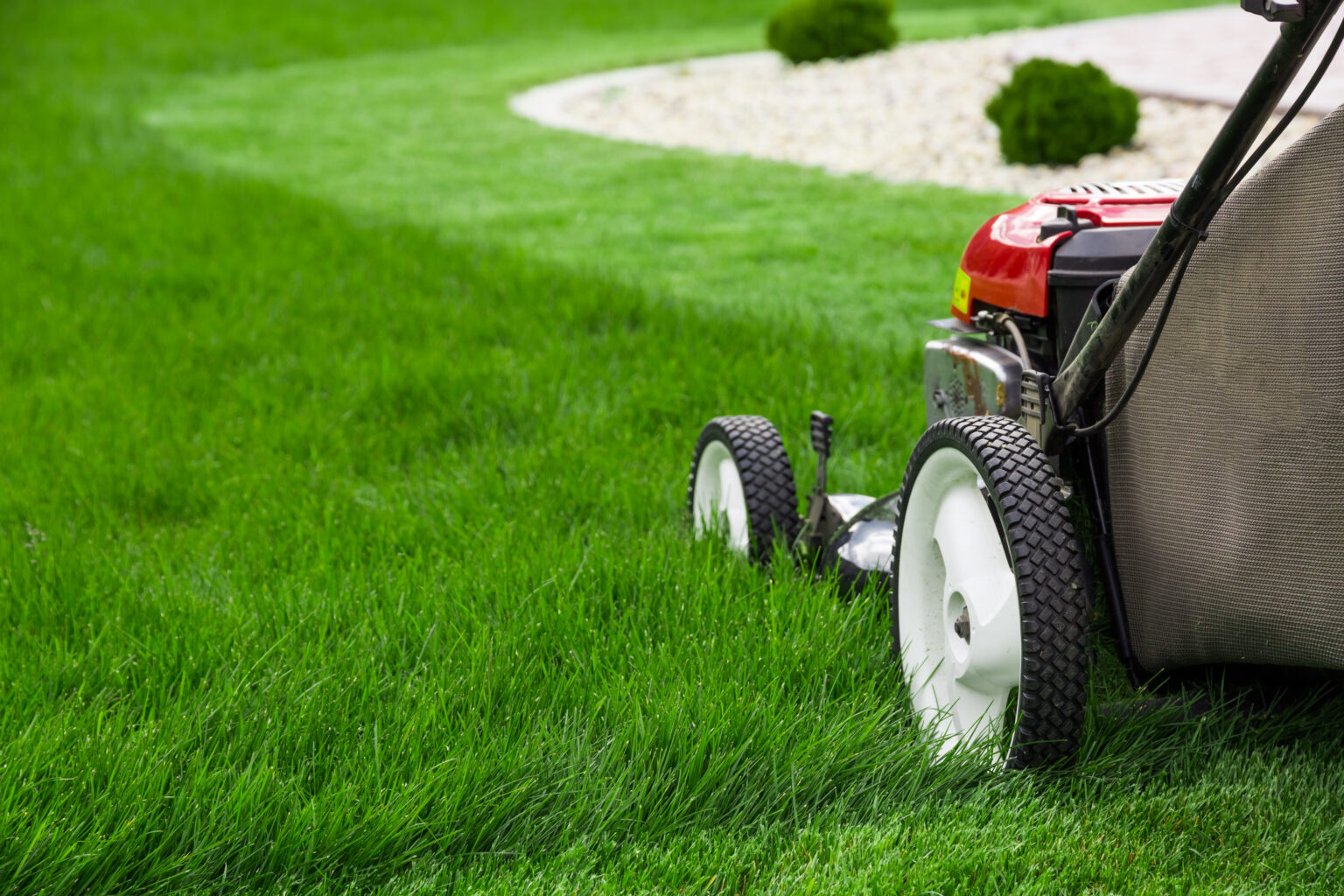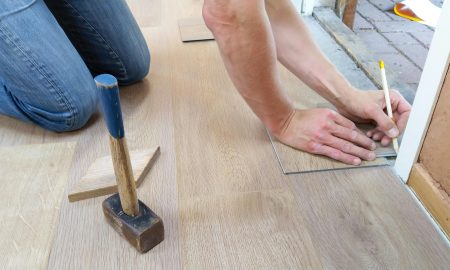If you’re a homeowner, you know that dealing with excess lawn clippings can be a hassle. But did you know that there are several ways to reuse those clippings instead of just throwing them away? In this article, we’ll explore five different methods for repurposing your grass clippings and transforming them into something useful for your garden.
Whether you’re looking to improve your soil quality, reduce your environmental impact, or simply save time and money, we’ve got you covered.
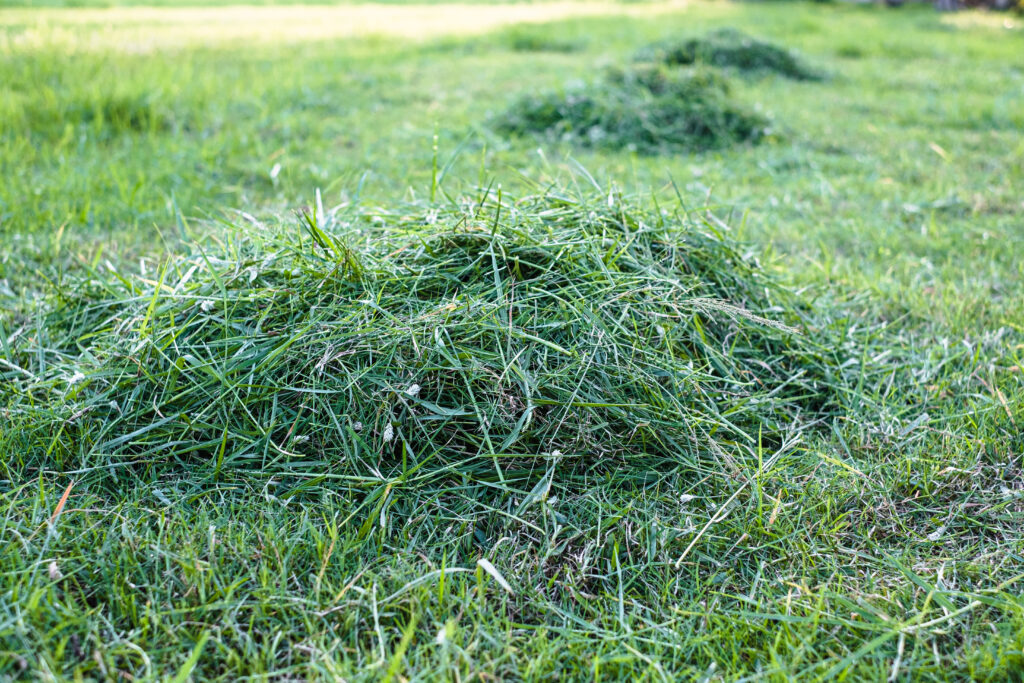
1. Leave Them on Your Lawn
Leaving grass clippings on your lawn might seem counterintuitive, but it can actually be beneficial for your lawn’s health. Grass clippings are rich in essential nutrients like phosphorus, nitrogen, and potassium, which are key elements for a healthy lawn. By leaving the clippings on your lawn, you are essentially providing it with free fertilizer, which can help you save money on lawn maintenance.
Moreover, the clippings can help your lawn retain moisture, which is particularly useful during hot, dry summer months when your green grass may start to turn brown. However, make sure to use a rake to spread the grass clippings evenly after mowing to prevent them from forming thick clumps. This not only keeps your lawn looking neat and tidy but also speeds up the decomposition process.
Overall, leaving grass clippings on your lawn is an easy and cost-effective way to promote a healthy and lush lawn.
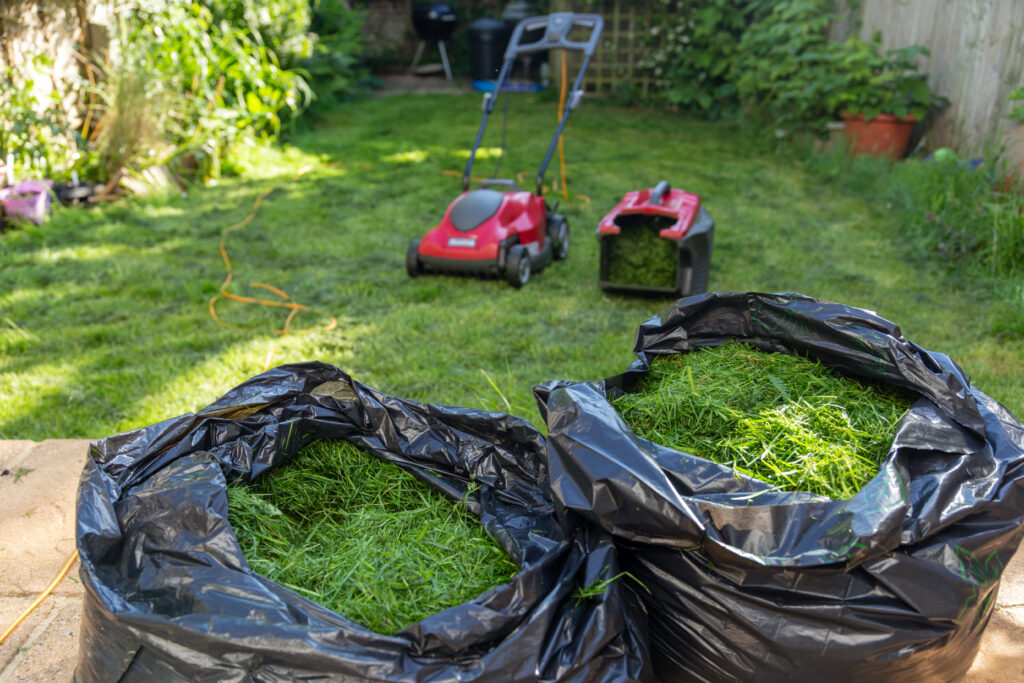
2. Turn Them Into Mulch
If you are looking for an easy way to keep your garden beds moist and weed-free, turning your excess grass clippings into mulch might be the solution. Using grass clippings as mulch can help retain moisture in your garden beds and suppress weeds. Additionally, as the grass breaks down, it can add nutrients to the soil.
Turning your grass clippings into mulch can also prevent weed growth and curb moisture loss around shrubs, flower beds, and trees. However, it is important to note that not all types of grass are suitable for mulching. If your lawn has invasive grass like Bermuda grass or if herbicides have recently been applied, it is best to avoid using it as mulch. Additionally, it is recommended to only use dry grass for this purpose.
Consider turning your excess grass clippings into mulch to improve the health and appearance of your garden beds.
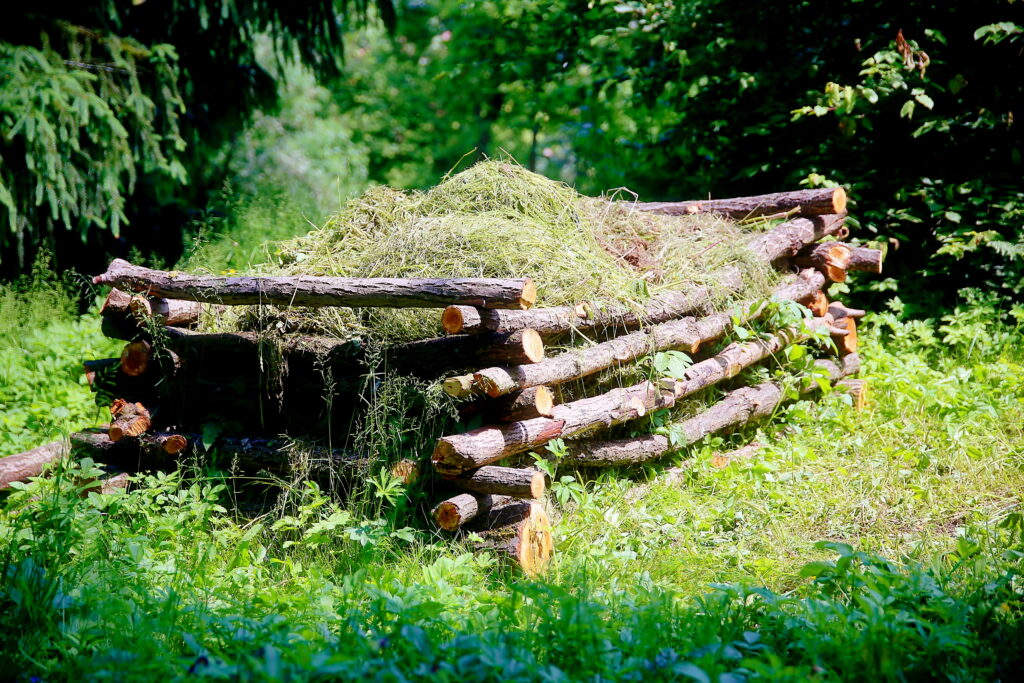
3. Add Them to Your Compost Pile
If you’re looking for a simple way to repurpose your excess grass, consider adding your clippings into your compost pile. Grass clippings are high in nitrogen, which makes them an excellent addition to your composting bin. Here are some tips to help you get started:
- Gather up your grass clippings after mowing your lawn.
- Add the clippings to your compost pile in thin layers.
- Mix the clippings with other compostable materials, such as leaves and vegetable scraps.
- Keep the compost pile moist, but not too wet.
- Turn the compost pile regularly to help speed up the decomposition process.
By adding your grass clippings into your compost pile, you’ll not only be reducing your waste, but you’ll also be creating a nutrient-rich soil amendment for your garden. Give it a try and see the benefits for yourself!
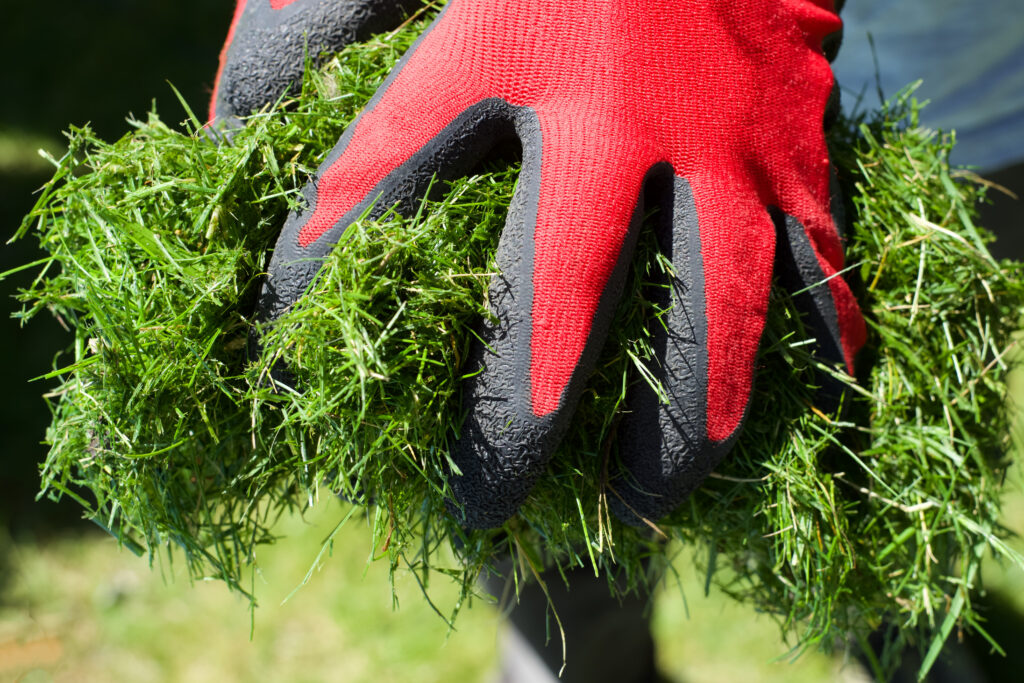
4. Give Your Soil a Nutrient Boost
To improve your soil’s structure and increase organic matter and nutrients for your plants, consider adding grass clippings directly into your garden’s soil.
Here are some benefits of incorporating grass clippings into your soil:
- Adds essential nutrients to the soil
- Improves soil structure
- Increases organic matter in the soil
To incorporate grass clippings into your soil, simply spread them evenly over the soil surface and mix them in with a garden fork or tiller. Be sure to avoid clumping the grass clippings together, as this can create an anaerobic environment that may harm plant roots. By amending your soil with grass clippings, you can improve the health and vitality of your garden plants.

5. Use Clippings As Rabbit Food
If you have a pet rabbit, you can use lawn clippings as a tasty treat for them. However, there are a couple of things to keep in mind. First, make sure the grass is not treated with any harmful pesticides. Second, use a manual mower to cut the grass instead of an electric or gas-powered one. The heat from the blades can cause the grass to ferment, which can be harmful to your rabbit. Freshly-cut grass can provide your bunny with a healthy snack and a change of pace from their regular diet.


